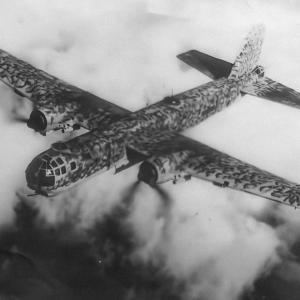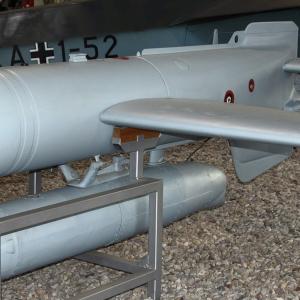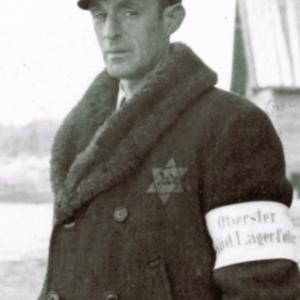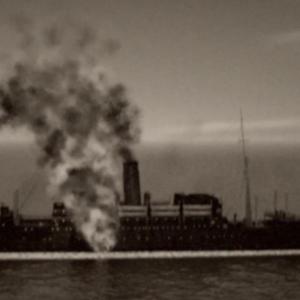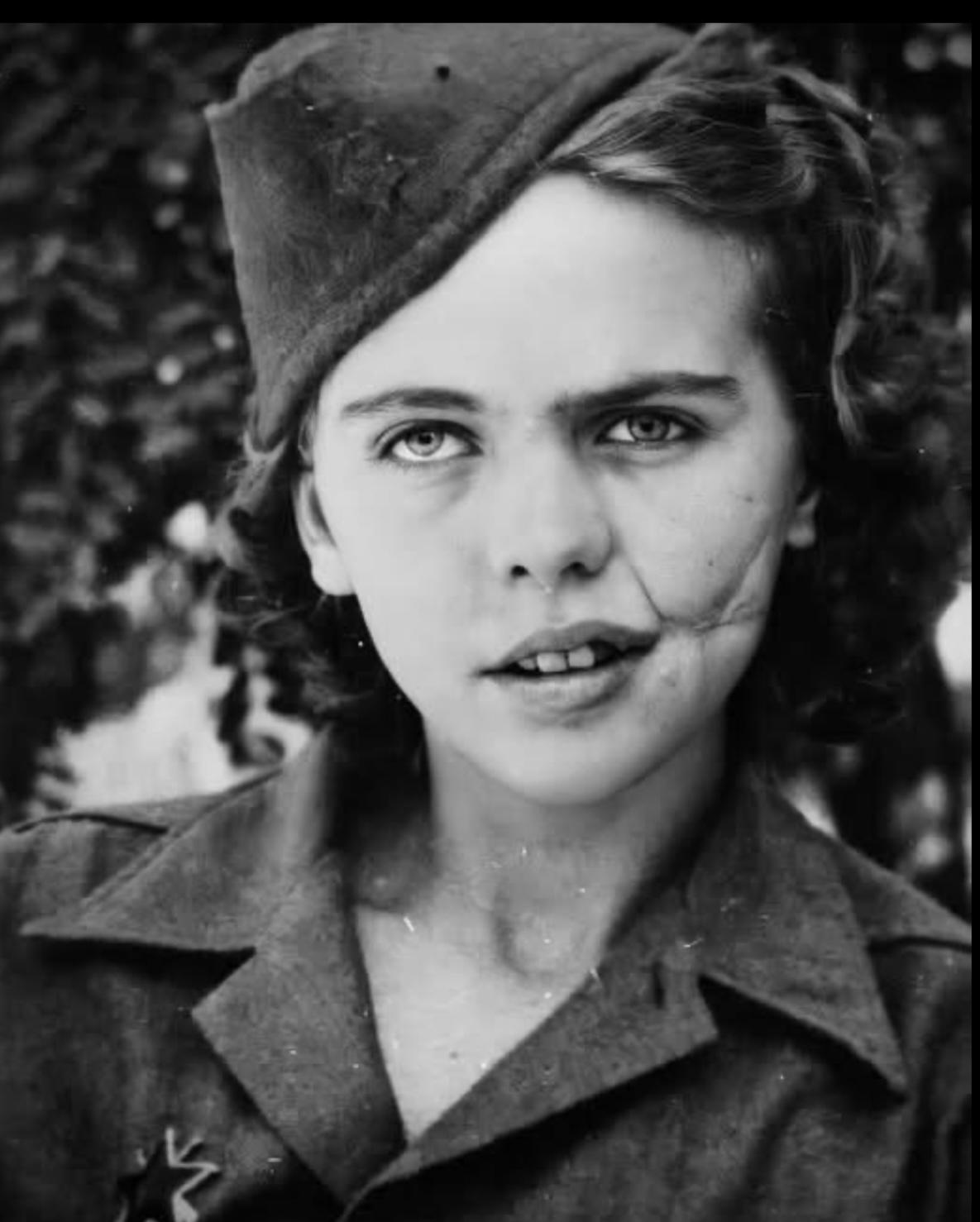
Resistance Fighter Albina Mali
Albina Mali-Hočevar was born on September 12, 1925, in the small village of Vinica, in what is now Slovenia. She was one of eight children in a working-class family. Her father, a shoemaker, died when she was still a young girl, forcing the family to relocate and struggle financially. Albina left school early to help support her family, working wherever she could from a young age.
In 1941, when the Axis powers invaded Yugoslavia, Albina was just 16 years old. Despite her youth, she joined the Yugoslav Partisans, the communist-led resistance movement fighting German, Italian, and other occupying forces. She began as a courier, delivering messages and supplies between resistance units, but quickly took on more dangerous responsibilities, including frontline combat and medical duties.
She became a member of the Young Communist League and took part in both military and political aspects of the resistance. Her bravery came at a high cost. Albina was wounded three times. The first was in September 1942 during a battle near Suvoj. The second occurred in January 1943 near Zagorica pri Čatežu. The third and most devastating injury happened in September 1943 when she stepped on a mine during fighting near Veliki Osolnik. The explosion caused severe injuries, including the loss of her left eye and permanent facial disfigurement.
Even after these traumatic wounds, Albina refused to leave the resistance. She was treated in various partisan hospitals and, once partially recovered, returned to serve—no longer as a fighter but as a medic and support worker. She helped care for wounded comrades and continued to contribute in any way she could. Her resilience and courage became legendary among her fellow fighters.
After the war, Albina’s life remained deeply tied to public service. She became involved in political work, serving as a Communist Party secretary in different towns. In 1955, she settled in the city of Maribor, where she continued to take part in community life. She was active in civic organizations and also served on the committee of a local sports club.
She received numerous honors for her wartime heroism, including the prestigious Order of the People's Hero in 1952, along with other national decorations and a veteran's pension. Despite the physical and emotional scars left by the war, she lived a full personal life. Albina married, raised a family, and had five children—one of whom was adopted.
Her appearance, marked by the injuries she sustained in battle, became symbolic of the sacrifices made by countless fighters. Photographs of her with an eye patch and visible facial scars circulated widely, turning her into a silent yet powerful reminder of what war takes from the young.
Albina Mali-Hočevar passed away on January 24, 2001, at the age of 75. Her life tells the story of a young girl who grew up too fast in the shadow of war, endured unthinkable hardships, and emerged as both a survivor and a national symbol of resistance, sacrifice, and quiet strength

